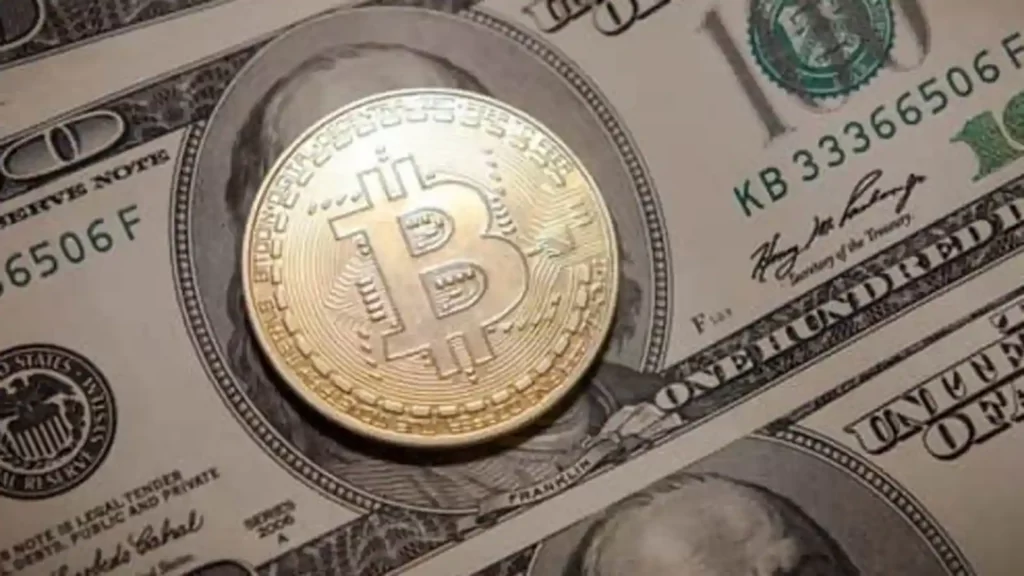The Federal Reserve and other banking authorities in the US require financial institutions to continuously monitor liquidity issues of crypto assets and build effective risk management systems.

The United States Federal Reserve and other banking regulators issued a warning to financial institutions regarding the liquidity concerns connected with entities related to crypto assets.
According to the authorities, the consistency of the deposits held by crypto-asset-related organizations may be affected by times of stress, market volatility, and similar vulnerabilities in the cryptocurrency sector.
The Federal Reserve, along with the Office of the Comptroller of the Currency and the US Federal Deposit Insurance Corporation, emphasized the significance of “the unpredictability of the scale and timing” of deposit inflows and outflows in crypto-asset-related entities. The Fed was joined in this effort by the US Federal Deposit Insurance Corporation.
“Such deposits can be susceptible to large and rapid inflows as well as outflows, when end customers react to crypto-asset-sector-related market events, media reports, and uncertainty,” according to a statement.
The agencies also issued a warning to banks regarding stablecoins, as the agencies believe that the stability of banks’ deposits may be tied to the demand for stablecoins, the confidence of holders, and the reserve management of stablecoin issuers.
The warning is the first time that bank authorities have identified deposits connected to stablecoins — a type of cryptocurrency often pegged to the US dollar — as vulnerable to volatility during times of stress in the cryptocurrency market. Most significant stablecoins, such as Tether and USD Coin, are asset-backed, which means that the stablecoin issuer has assets, such as bank deposits, that can be swiftly redeemed to meet withdrawal demands.
They asked banking organizations to actively monitor the liquidity risks, build and maintain good risk management, and note that banks are expected to comply with applicable rules and regulations. In addition, they urged banking organizations to aggressively monitor the risks of cyberattacks.

